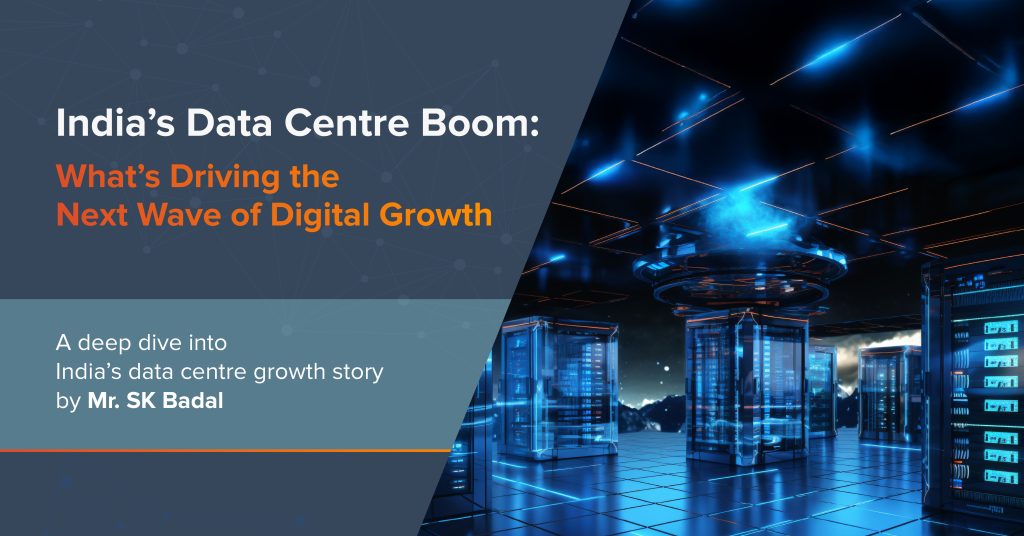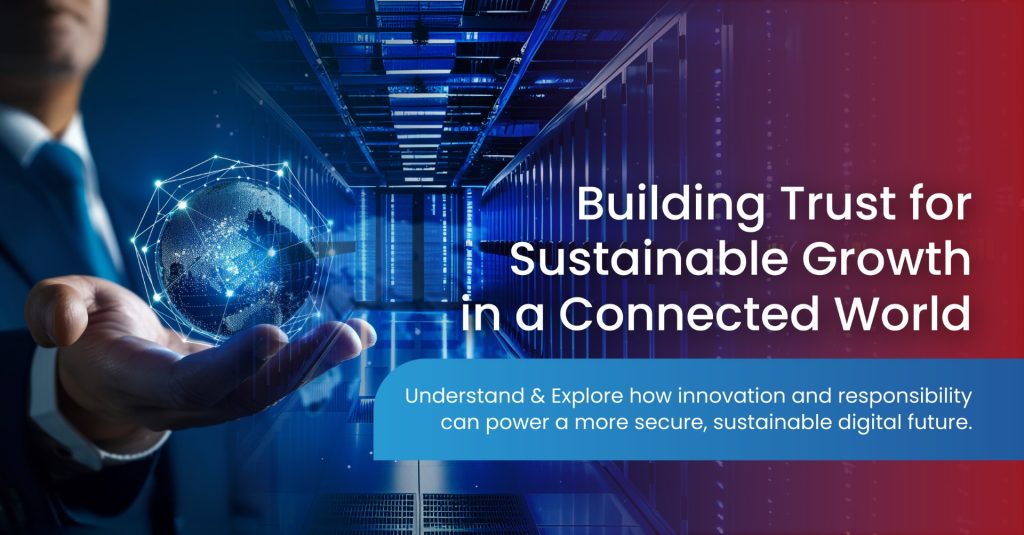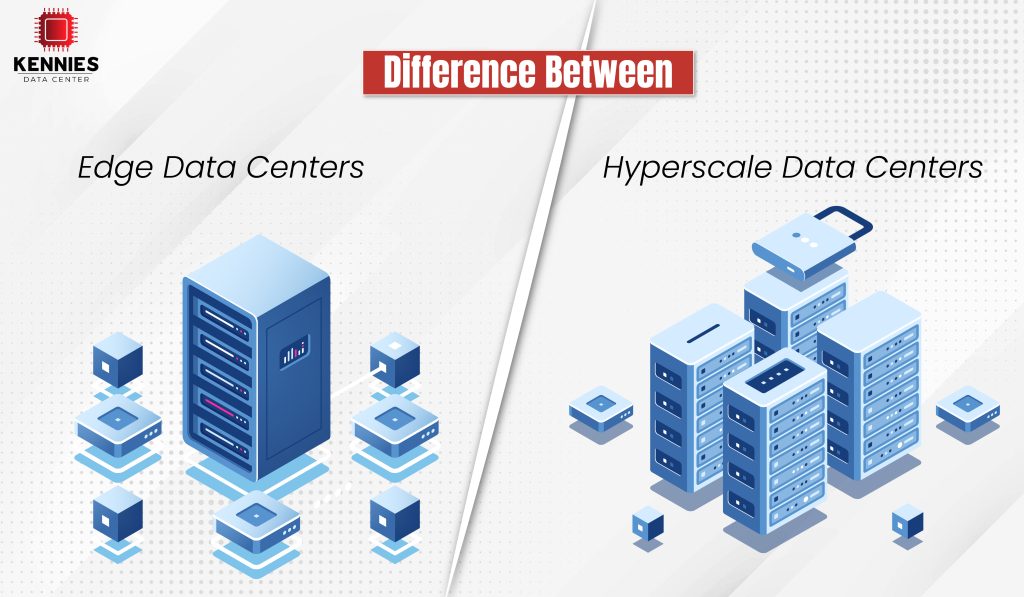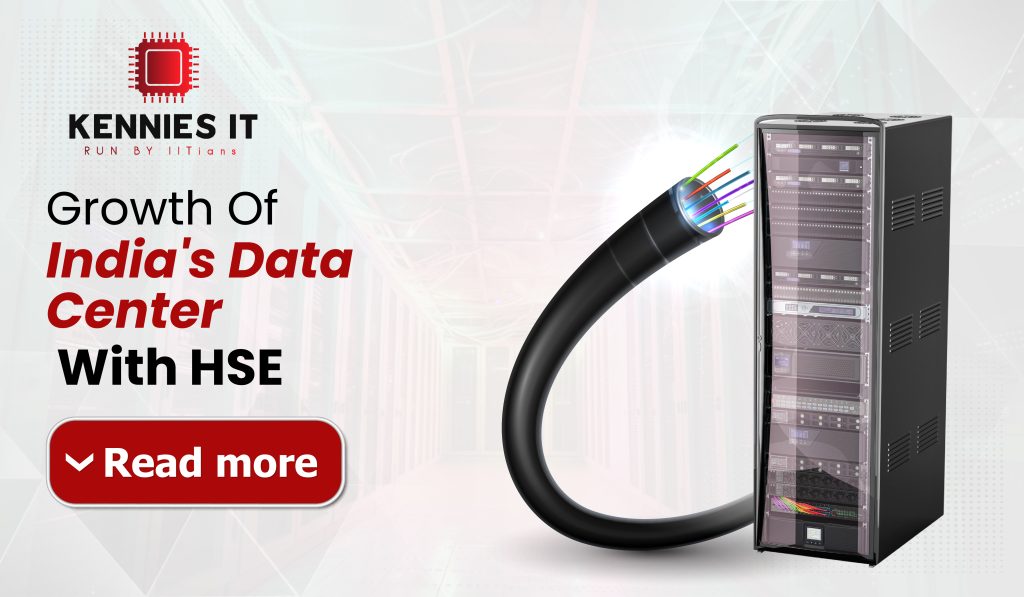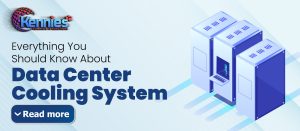
Undoubtedly, Data centers are the backbone of every modern industry, allowing system operations, data storage, connectivity, and communication globally. No matter the industry, whether it is eCommerce, Telecommunication, Healthcare, Finance, Education, or Manufacturing, all are supported by data centers. Modern data centers are exceptionally technologically complex, and keeping them operating smoothly and efficiently requires regular close monitoring and management. One of the most prominent tasks for any data center is environmental monitoring and management.
High temperatures and humidity levels can affect or damage IT equipment. This could make conditions fatal and uncomfortable for anyone working inside the data center. Fortunately, there is a beacon of hope in terms of systems and technologies that can help monitor and handle data center cooling to keep temperature and humidity levels in the optimal range. Thus, if you are not familiar with data center technology and are eager to learn how it works, this blog post will cover everything you need. So, without further ado, let’s get started.
What is Data Center Cooling, and Why is it Crucial?
The term Data Center cooling is just what it sounds like controlling the temperature inside data centers to lessen the heat. However, failing to manage the heat and airflow within a data center can have severe repercussions and disastrous effects on a business. The cooling system in today’s professional data center regulates different parameters in navigating the flow of heat & cooling to conquer maximum efficiency. Their parameters are but are not limited to;
Temperature, Cooling performance, Energy consumption, and Cooling fluid flow characteristics.
Data centers require a lot of power, which transfers into heat. The more equipment that is packed into a facility, the greater the heat generated. This is where data center cooling certifies that a complete facility is supplied with sufficient cooling, ventilation, and humidity control to keep all equipment within desired temperature ranges. No matter how you set up your data center or server room, cooling is inevitable to achieve a data center that works and is available to operate your business operations. Before going ahead in this blog post, let’s understand why data center cooling is necessary.
Indeed, Data Center cooling is one of the most prominent aspects of modern information technology infrastructure. As data centers house a wide array of servers, storage devices, and networking equipment, these components generate significant heat during operation. Effective cooling systems are crucial to maintain optimal performance, ensuring the reliability and longevity of the equipment. Some significant points you should know about why cooling plays a vital role in a Data Center.
- Preventing Overheating: The main reason for data center cooling is to protect from overheating. Excessive heat can cause failure of hardware components, leading to data loss, downtime and potentially costly repairs. Maintaining a stable temperature enables skipping such risks and ensuring continuous operation.
- Upgrading Performance: Electronic components, like processors and memory modules, perform better at lower temperatures. High temperatures can suppress performance, decrease processing speed, and affect entire efficiency. Proper cooling facilitates managing peak performance levels of the data center hardware.
- Overcoming Energy Costs: Enough cooling systems can significantly reduce the energy consumption of a data center. By upgrading cooling processes, data centers can lessen their operational costs and reduce their carbon footprint. Energy-efficient cooling systems including liquid cooling and hot/cold aisle containment, contribute to sustainability efforts.
- Amplify Equipment Lifespan: Determined and effective cooling helps in expanding the lifespan of data center equipment. Heat is a major factor in the wear and tear of electronic components. By keeping temperature within a safe range, cooling systems help to exceed the operational life of servers and other crucial components.
Thus, in a nutshell, data center cooling is paramount for maintaining the functionality, performance, and efficiency of IT infrastructure. It defends equipment, elevates operational efficiency, and contributes to cost savings, making it a necessary aspect of data center management.
Understanding the Benefits of Data Center Cooling
- Secured Server Uptime: Proper data center cooling techniques enable servers to stay online for longer periods of time. Overheating can be disastrous in a professional environment that needs over 99.99% uptime, so any kind of failure at the server level will have knock-on effects on your business and your customers.
- Enhances Equipment Performance: Cooler temperatures enable servers and other electronic components to perform at their best. Proper cooling helps maintain the efficiency and speed of data processing, ensuring that data center operations run smoothly and efficiently.
- Improves Energy Efficiency: Advanced cooling solutions, such as liquid cooling and hot aisle/cold aisle containment, enhance energy efficiency by optimizing cooling processes. This not only reduces the energy consumption of the data center but also contributes to lower operational costs and a smaller carbon footprint.
- Prevents Overheating and Downtime: Effective data center cooling prevents equipment from overheating, which can cause system failures and lead to costly downtime. By maintaining optimal temperatures, cooling systems ensure continuous and reliable operation of critical IT infrastructure.
Data Center Cooling Techniques You Must Know
Data center cooling refers to a balancing act that needs the IT technicians responsible for it to consider a number of factors. Among many, some of the most common techniques of data center cooling are as follows:
- Liquid Cooling: Using liquid coolants—usually water or a refrigerant—liquid cooling is a sophisticated method that removes heat directly from data center equipment. Because liquids have a higher thermal conductivity than air, heat transmission is possible more effectively, which makes this method very successful. There are other ways to cool liquids, such as immersion cooling, which involves submerging entire servers in a non-conductive liquid bath, and direct-to-chip cooling, which involves circulating coolants directly to the CPU and other heat-generating components.
- Rear Door Heat Exchangers: Placed on the rear of server racks, rear door heat exchangers use cooled water to absorb heat from hot air leaving the servers. To release the heat, the heated water is subsequently sent to a chiller or cooling tower. Because it eliminates heat at its source, this method lowers the overall cooling load on the data center’s air conditioning system, making it extremely efficient. Higher server density within racks are also made possible by rear door heat exchangers.
- Free Cooling: By using the outside environment to cool data centers, free cooling lessens the need for mechanical refrigeration. This method uses a water-side economizer, which uses cool external water sources, and an air-side economizer, which pulls in cool outside air. By utilizing chances for natural cooling, free cooling is especially effective in cooler climates and can save a substantial amount of energy. This approach improves the sustainability of data center operations while also reducing operating expenses.
- Air cooling: Smaller data centers or older ones with raised floors and hot and cold aisle designs are most suited for this cooling technique. The cold air enters the equipment inlets when the computer room air handler (CRAH) or computer room air conditioning unit (CRAC) blows out cold air because of a rise in pressure beneath the raised floor.
- Chilled Water System: In this type of cooling system, chilled water is used as a cooling medium circulated throughout the entire data center. These systems, also called hydronic cooling systems, are utilized by industries with high computation loads or in very large data centers, given their scalability. Moreover, chilled water systems also offer a high number of redundancies, which makes the entire system more reliable. However, chilled water systems have a higher upfront cost. Central equipment, distribution piping, and rack-level cooling systems are more expensive than air-conditioned cooling systems.
Conclusion
Understanding data center cooling systems is crucial for maintaining efficient, reliable, and sustainable IT operations. From securing overheating and elevating performance to expanding equipment lifespan, data center cooling acts as the fundamental aspect of modern data center management. Significant techniques like hot/cold aisle, liquid cooling, free cooling, and chilled water cooling provide innovative solutions to tailor diverse cooling requirements.
Thus, by applying the right cooling systems, data centers can secure their operations, reduce costs, and become a crucial part of environmental sustainability. As modern technology continues to upgrade, staying updated about advancements in data center cooling will be necessary for maintaining optimal performance and conquering long-term success.
Frequently Asked Questions
Why is data center cooling important?
Data center cooling is crucial because it prevents critical IT equipment from overheating, ensuring reliable operation, maintaining optimal performance, and extending the lifespan of servers and other hardware. Effective cooling also helps reduce energy costs and supports sustainability efforts.
What are the most common data center cooling techniques?
Common data center cooling techniques include hot aisle/cold aisle containment, liquid cooling, rear door heat exchangers, and free cooling. Each method has advantages and is chosen based on the data center’s specific cooling requirements and environmental conditions.
How does hot aisle/cold aisle containment improve cooling efficiency?
Hot aisle/cold aisle containment improves cooling efficiency by segregating hot and cold airflows. This arrangement prevents the mixing of hot and cold air, allowing cooling systems to operate more efficiently and effectively by directing cool air where it’s needed most and removing hot air directly from the source.
What are the benefits of using liquid cooling in data centers?
Liquid cooling offers several benefits, including higher cooling efficiency due to the superior thermal conductivity of liquids, reduced energy consumption, and the ability to support higher server densities. It can also result in quieter data center environments and lower operational costs over time.
Can free cooling be used in any data center location?
Free cooling is most effective in cooler climates where outside air or water can be used to cool the data center. However, hybrid systems can be designed to take advantage of free cooling during certain times of the year, even in warmer climates, to reduce energy consumption and operational costs.


